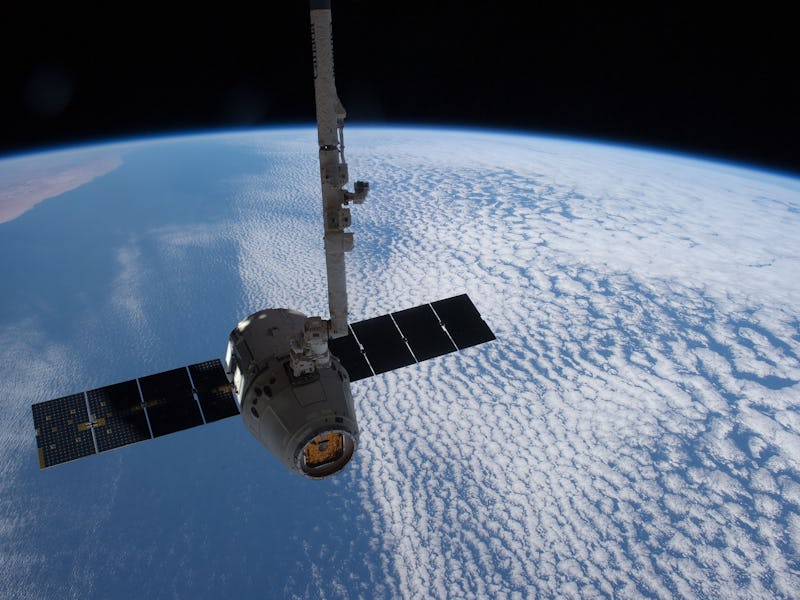Get Ready to 3D Print Your Own Satellites In Space
Because why not?

Space is already plenty filled with all our manufactured junk, and it’s about to get submerged in even more of it. 3D printing is coming to an orbit near you!
A California startup called Made In Space wants to make 3D for use in orbit. The idea is to give consumers the opportunity to allow their own satellites to be built right there, several hundred miles above Earth’s surface. Plans are in motion to send up a printer capable of accepting printing instructions from the public and building whatever someone on the ground has in mind.
The company is just the latest in a group looking to make space technology something which regular individuals can more easily interact with. The opportunity to have one’s own specially designed objects floating above the earth could be a very unique way for children and young adults to get introduced to space science and technology, perhaps even replacing the very-popular CubeSats entirely.
Made In Space actually launched their first 3D printer and got it installed on the International Space Station last year. NASA used it to print a wrench based on designs drawn up on Earth. This milestone is actually a perfect emphasis for why 3D printing would be so useful up in space: It reduces the need to allocate costly resources for making objects here on earth and launching them into orbit. Instead, one can simply wait till a specific tool or piece of equipment is needed, and then send the plans up to the printer for construction. Several hours later, you have what you need, specifically catered to whatever the mission calls for.
Made In Space's first 3D printer sent to the ISS.
Made In Space CTO Jason Dunn talks about this feat in a new video with the PBS News Hour, and expresses his reasons why 3D printing is a strong component of the future of space exploration.
Making this accessible to much more of the public, however, means the manufacturing power of a 3D printer in space will need to be a whole lot better. Made In Space and its partners are going to need to do a lot more testing to make this a reality, but they seem to be on their way. This won’t help the problem of orbital debris accumulation, but hey — you can’t win ‘em all.